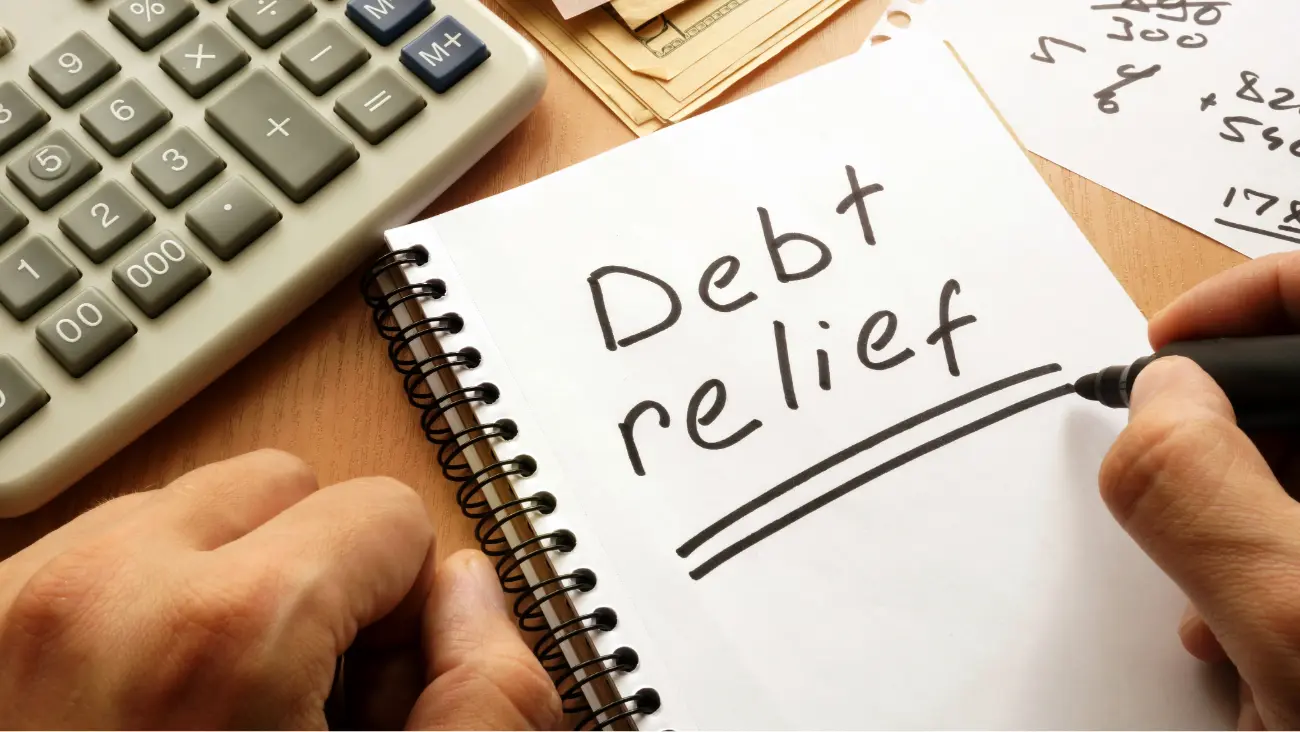More Americans are turning to credit as they deal with the prolonged economic uncertainty created by the coronavirus pandemic. Data from the Federal Reserve Bank of New York shows that U.S. consumer’s debt balance grew by a whopping $800 billion last year to a record high of $14 trillion.
Consumer spending at restaurants, hotels and salons is already starting to take off as the grip of the COVID-19 pandemic eases and more people get vaccinated and draw on their stimulus checks and savings. The biggest share of that debt, of course, is mortgages. But if you look at credit cards, student loans – what is considered non-housing-related debt – that makes up 31% of the total.
A report by the American Bankers Association states monthly purchase volumes jumped more than 20% in Q3 compared to the prior quarter, with the largest gains occurring among prime (+24.2%) and subprime (22%) accounts. However, purchase volumes remain well below pre-pandemic levels. Credit card debt as a share of disposable income increased slightly in Q3 but remains near an all-time low.
It’s important to remember that as pandemic relief efforts expire, consumers unable to regain their income or those who experienced severe financial strain may find themselves behind on their debt payments, which ultimately may reverse some of the financial improvements made on their credit score last year.
Steps You Can Take to Help Lower Your Debt Burden
- Pay off your balance in full each month. If you can’t pay off your debt in full, lowering the balances on your credit cards by any amount is usually a smart financial decision. According to the Federal Reserve, the average credit card interest rate was 16.28% in Q4 of last year (for credit card accounts that assessed interest). So, when you do carry over a balance on your credit cards from month to month, it can cost you a lot of money.
- Use your tax refund. Millions of Americans are expecting tax refunds in the coming months. For many people, a tax refund represents one of the largest influxes of cash they receive all year. You can make good use of any refund you receive from the IRS by applying it toward your high-interest credit card debt.
- Cut spending and expenses. Many Americans made significant cuts to their spending and expenses in the past year. A recent survey by the digital bank One reveals that 46.54% of respondents have curbed their spending habits in response to the COVID-19 pandemic.











